It’s no secret that we as automotive enthusiasts love speed. But as all enjoyable arts are, there’s a dangerous aspect to it as well. You’ve heard of the stereotypes like Mustangs being wrapped around trees, but there truly are some sports cars that can’t be driven by just anyone. Whether that’s because of an overdramatic amount of power, a horrible sense of weight distribution, or perhaps, they just weren’t meant to be driven by anyone who has less than a decade worth of racing experience.
Throughout this list, we’ll be touching on some sensitive topics. We’ll be talking about instances when the famous Top Gear test driver, The Stig, lost control around the track, and also one of the most devastating deaths of car culture too.
10 1991 Toyota MR2 Turbo
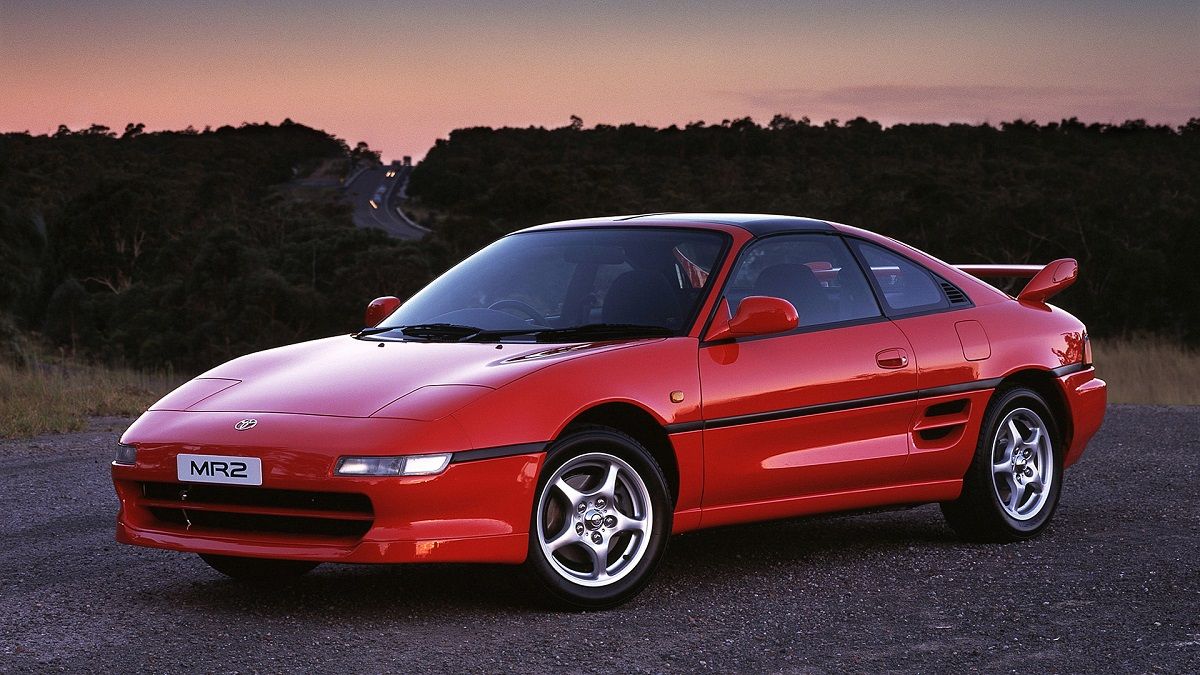
Not all Toyota MR2s were created equal, and the first few production years of the second-generation MR2 had a very noticeable flaw – they called it snap-oversteer. So, what is snap-oversteer anyways? Like most mid-engined rear-wheel-drive sports cars, the little MR2 was prone to slide its tail when you would lift off from the throttle mid-corner (lift-off oversteer), but correcting it in the MR2 is much more difficult than you’d expect.
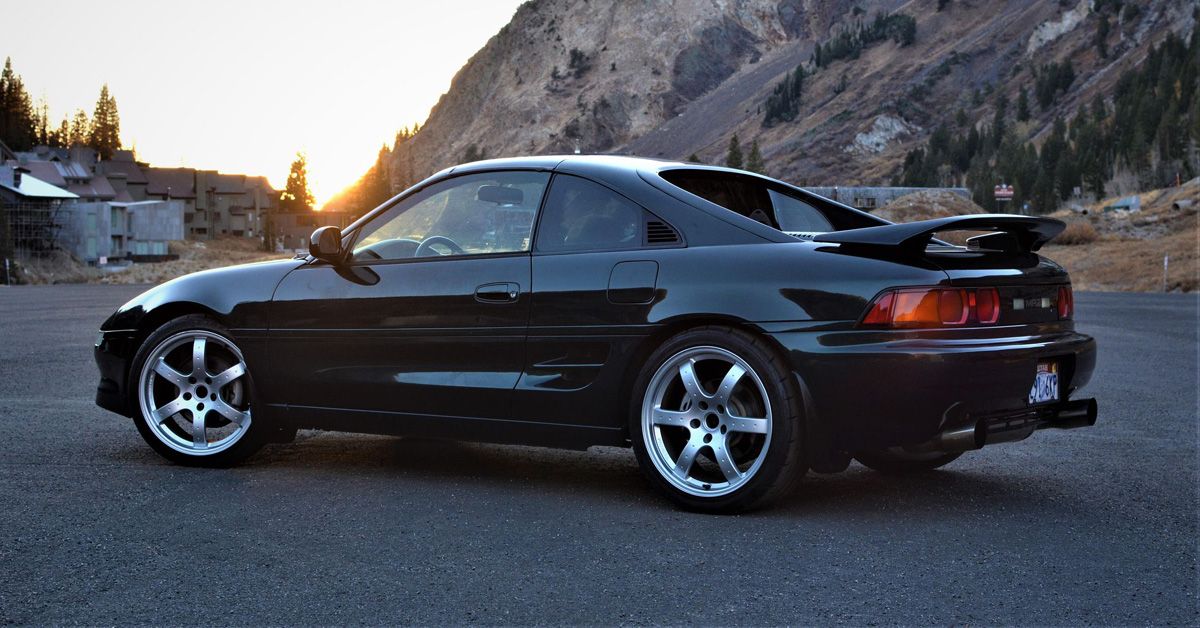
Since the majority of the Toyota’s weight lying in its rear half, and it weighed only 2,750 lbs if you over-corrected your slide, or the surface was a little damp, you’d be left spiraling non-stop, and there is no way to prevent this from happening altogether. RegularCars even deemed it to be the most dangerous car ever built in his YouTube video from 2014. In 1992 Toyota actually went and revised the MR2’s whole suspension layout to minimize its fun flaw since they were receiving so much critique from automotive reviewers back in the day. However, the MR2 is still a car we’d recommend all gearheads to drive, just in a controlled environment with no trees nearby.
9 1967 AC Cobra
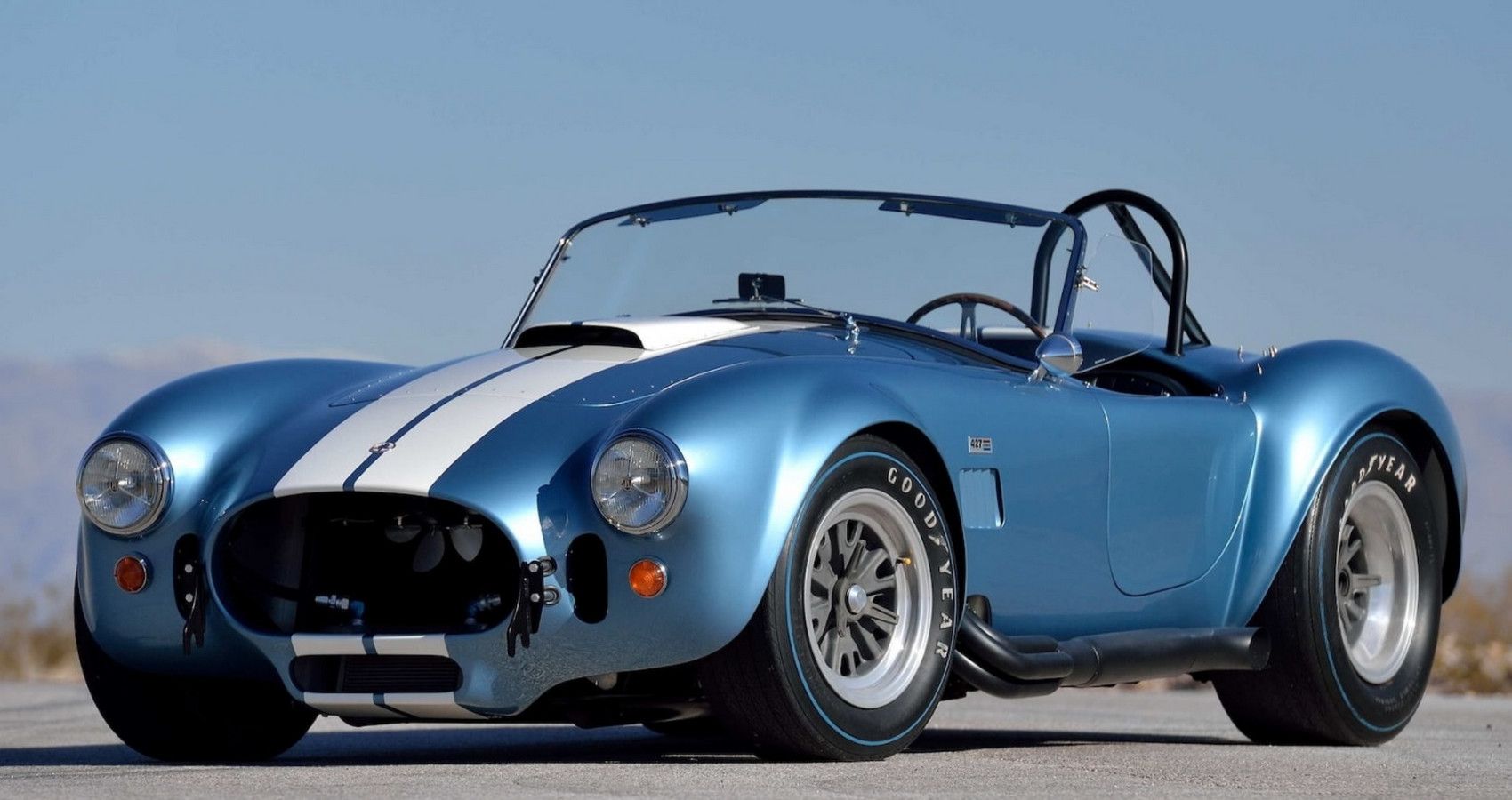
The original Shelby Cobra is one of the world’s most extraordinary open-top classic supercars to date, so it’s no wonder AC developed some that were accessible to the public. Our theory behind the Cobra’s existence goes as follows: Once upon a time, a 5-year-old went about designing his own dream car, but just before this, he finished 17 cans of Coca-Cola, and his energy levels are through the roof. He sketched a small topless curvy go-kart, and where the engine needed to be he wrote the word: BIG. And so, Carroll Shelby and his team brought that picture to life.

The 1967 Cobra weighed just 2,355 lbs, and it was just as little Johnny drew it to be – gorgeous. But the one key factor that made this car such a hand-sweater was its monstrous 7.0-liter naturally-aspirated engine that produced 360 hp – absolutely mental. Oh, and since this is a vintage car, no driver aids or safety measures were implemented of course.
8 2005 TVR Sagaris
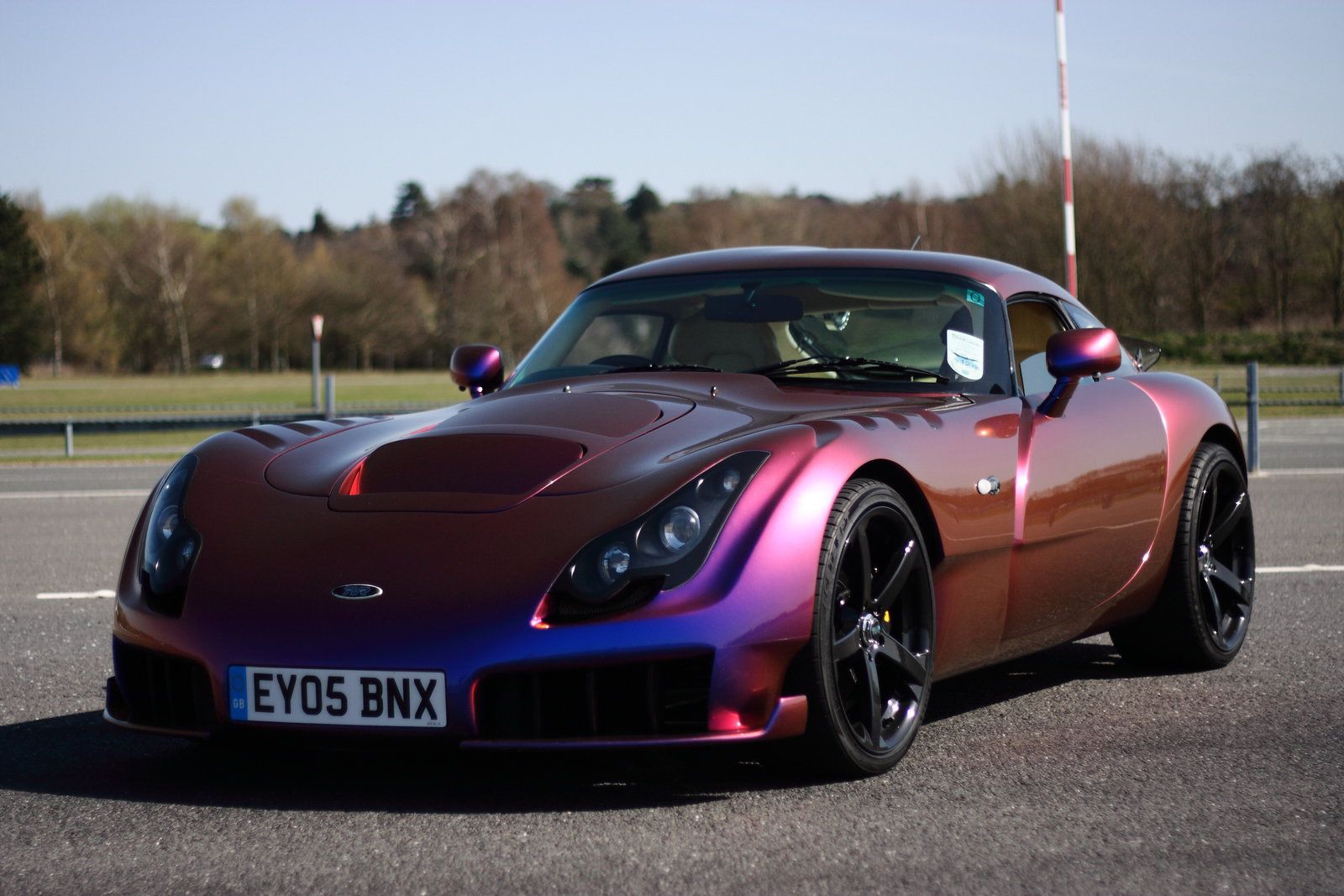
TVR is a small sports car manufacturer from Brittian, and despite them almost going bankrupt, it seems like they’re making a comeback. Back in the early 2000s, they unveiled the Sagaris, and it even gave Jeremy Clarkson a fright. Just a tad more than 200 models were ever made, and every single one was equipped with a 4.0-liter six-cylinder that produces 400 hp and is built out of fiberglass.
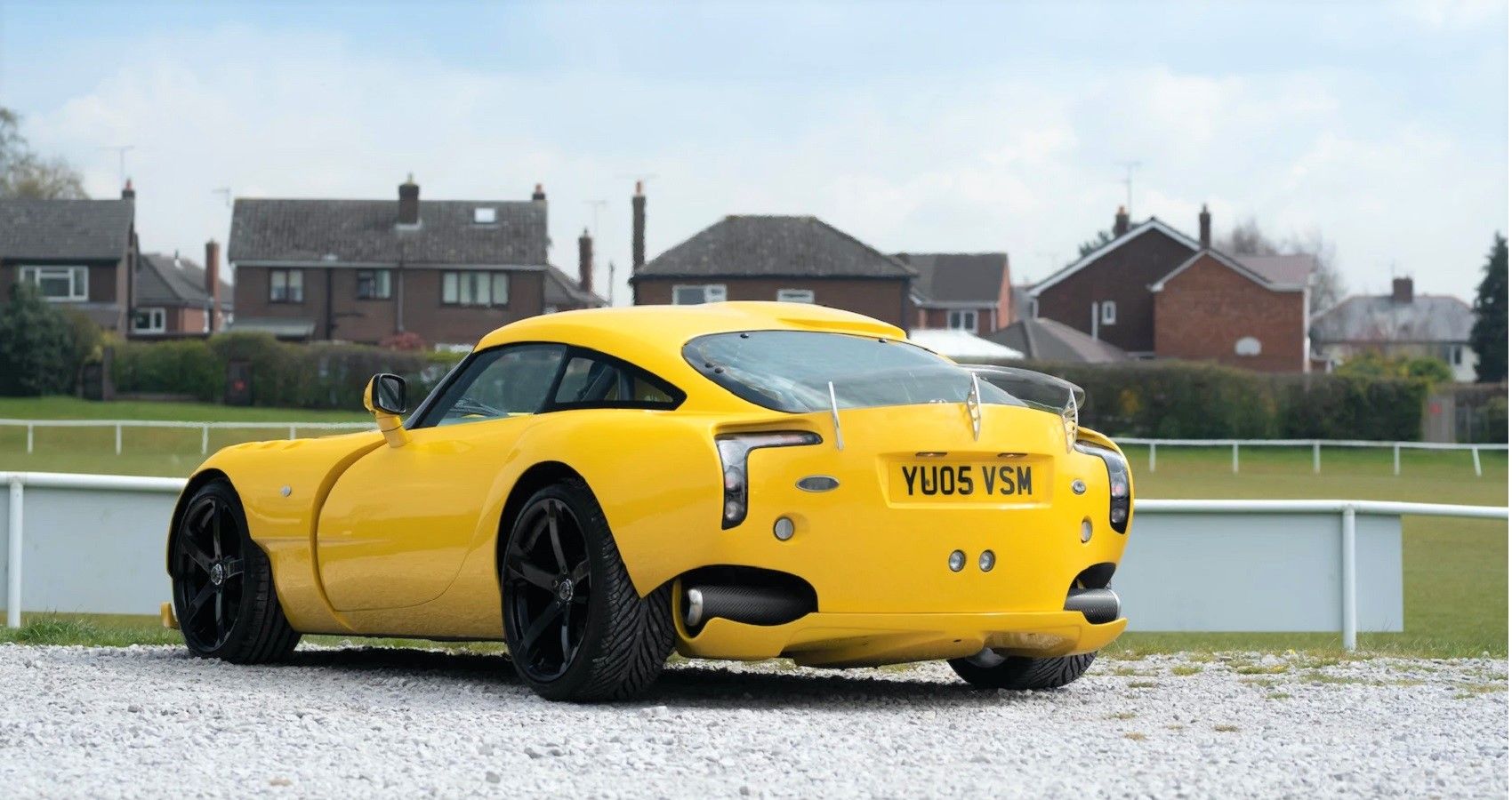
One thing TVR forgot to give the Sagaris however was a sense of safety, so there are no airbags, a lack of traction control, not even ABS. If you ever get behind the wacky Sagaris, we’d recommend being very, very, very conservative with how confident you are in your driving capabilities.
7 2008 Ariel Atom 500
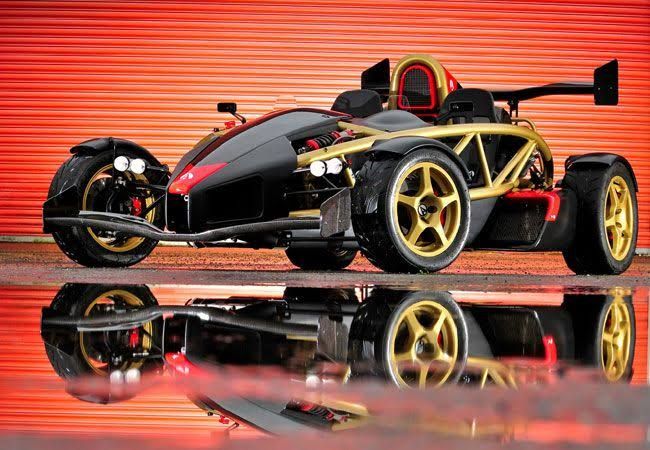
So, there’s a second topless monster on our list, only this one is lighter than the Cobra, and more powerful too. Imagine taking a go-kart, stripping it from all its body panels, and replacing its puny motor with a demonic supercharged 2.4-liter V8 – then you’re left with an Ariel Atom 500.

As you might have guessed by its name, the V8-powered Atom produces 500 hp, and because it only weighs as much as a paper airplane (1,200 lbs), it accelerates like nothing else on earth. Its quickest 0-60 time has been recorded in under 3 seconds, and because you don’t have any form of windshield, your face is guaranteed to be ripped off from your skull.
6 2017 Dodge Viper ACR
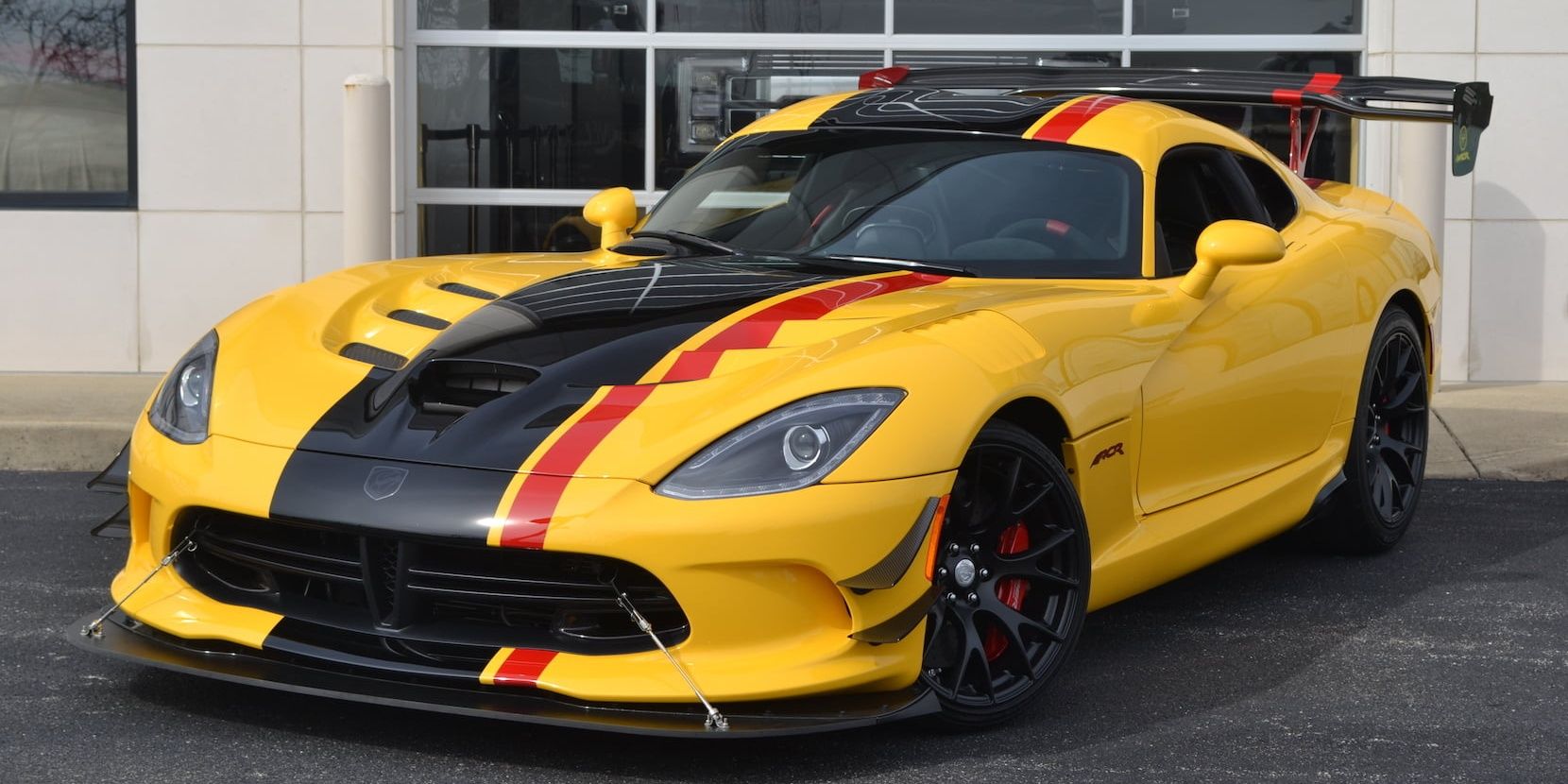
After more than 25 years of production, Dodge achieved perfection with the 2017 Viper ACR. In September of 2017, it broke the record for the fastest production car around the Nurburgring with a time of 7:01.3. And today, 5 years later, it sits comfortably at spot number 11 being just a second behind the Ferrari 488 Pista. You might think that such a capable car can’t possibly deserve a spot on the list of most challenging cars to drive, but there’s more to it.
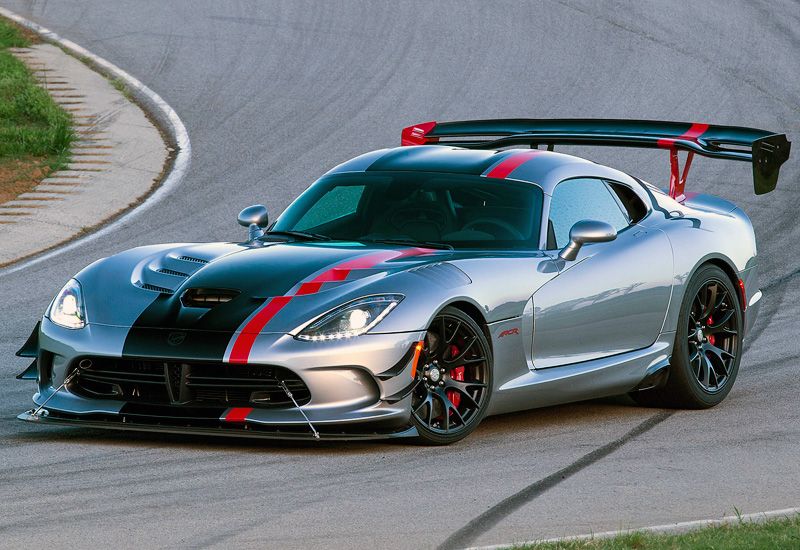
Soon after setting its record lap, one of the Viper’s tires failed, and it resulted in a nasty crash, fortunately, all the drivers were okay. After all, the ACR is powered by a ghastly front-mounted 8.4-liter V10 that musters up 645 hp and 600 lb-ft of torque, which is only sent to the rear wheels.
5 2005 Pagani Zonda F
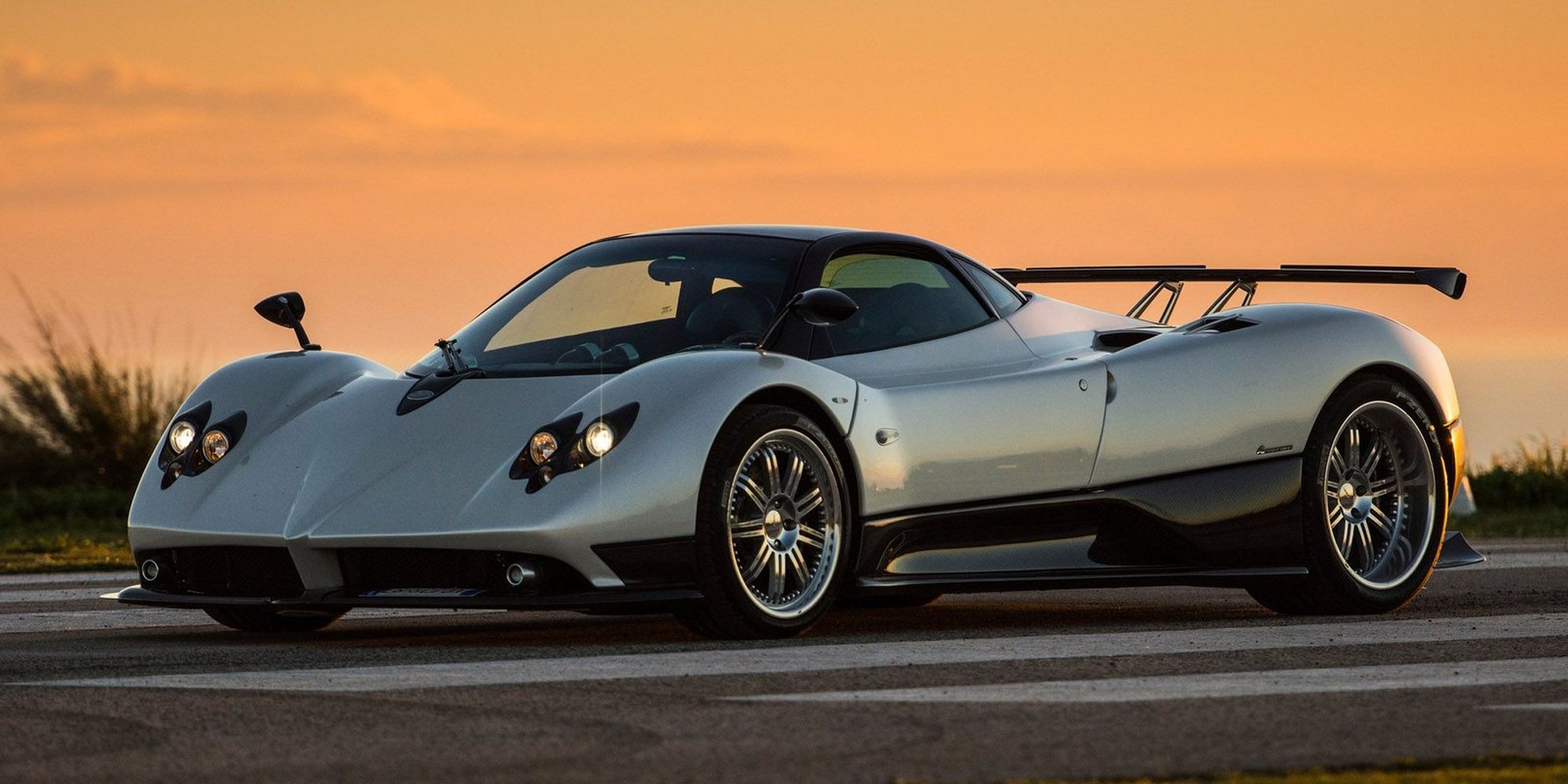
It feels as if there have been more different variants of the Pagani Zonda than there are different colored Skittles, but the most dangerous one to drive is the Zonda F. The Zonda made its debut in 1999, and its name plaque has evolved until the year 2019 before being replaced with the Huyara. As we’ve said, between the years there have been countless limited-edition models too, but the 600 hp Mercedes V12-powered F is the most intimidating to drive.
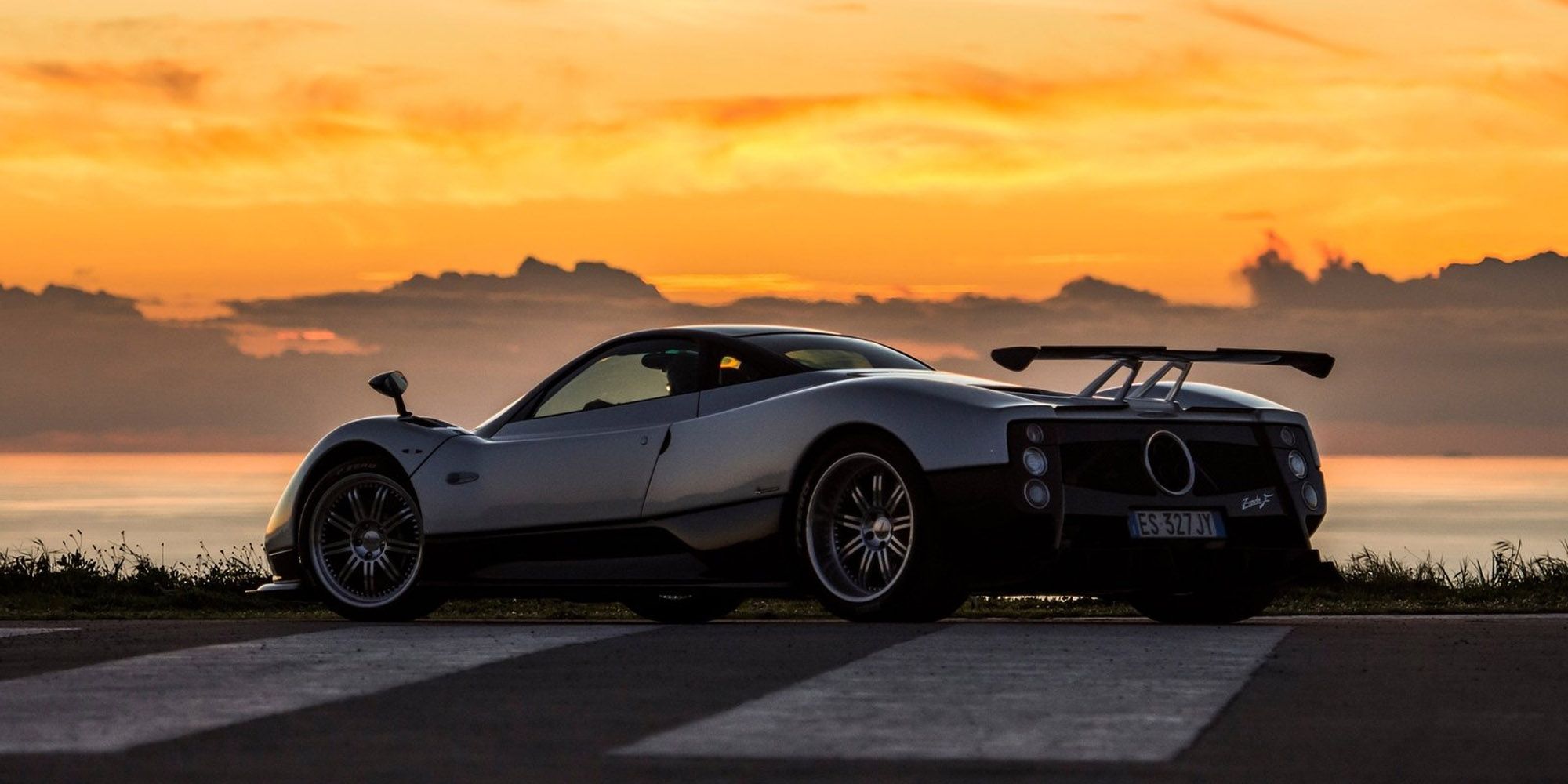
Sure, the Cinque and R made more power, but there was a visceral feel to the F that made you want to push it to its limits, and as a result, surpass your own. The reason this Zonda made the list is that it almost taunts you as you drive. You know it’s mighty, you know it’s more powerful than it should have been, but for some reason over that roaring exhaust note, the F persuades you to push it harder and harder, until, you know.
4 2007 Koenigsegg CCX
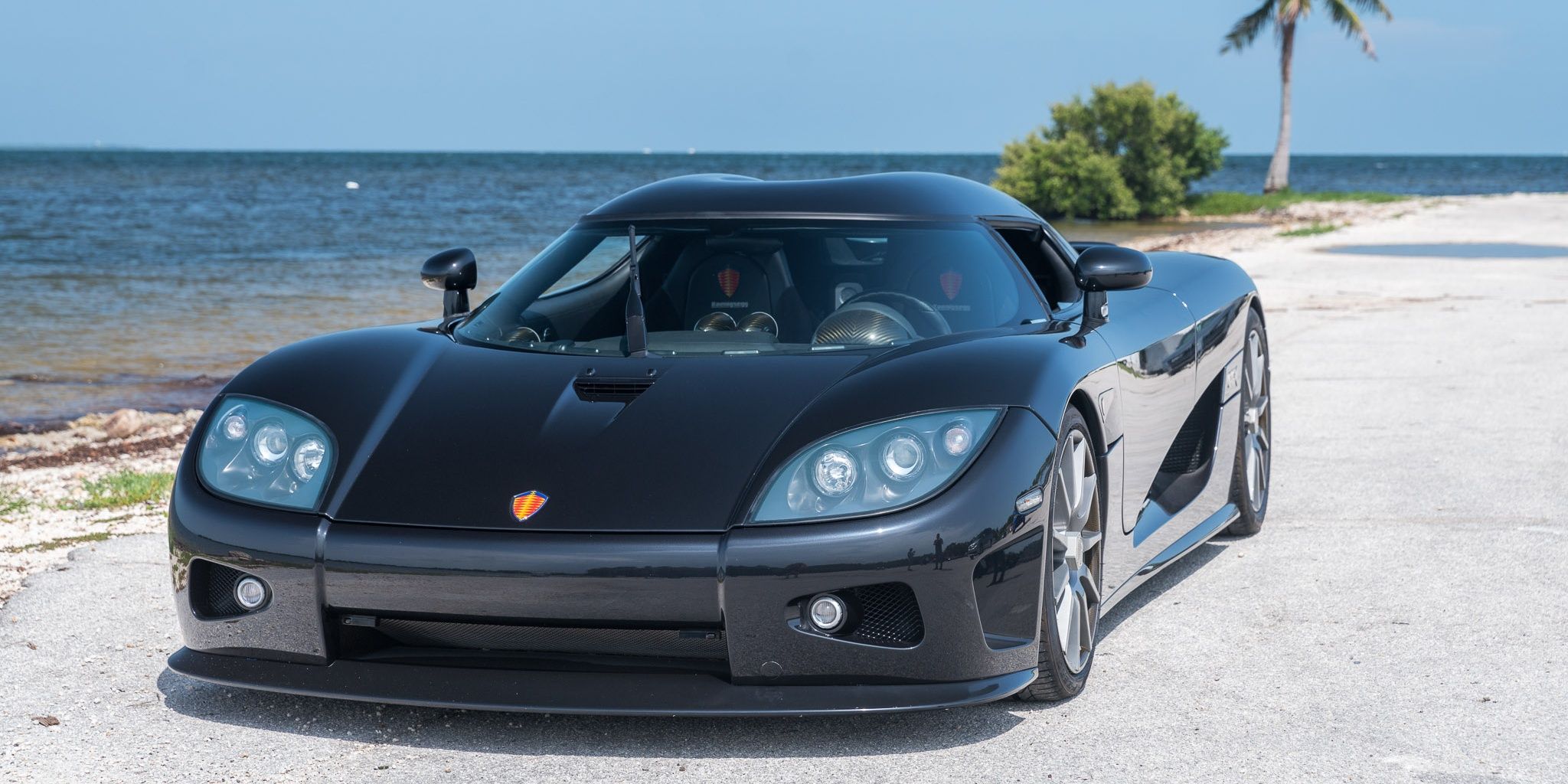
The tame racing driver from BBC’s Top Gear, the Stig, spun out and lost control of this supercar – need we say more? Koenigsegg is another brand that came sweeping the floor with its competition out of nowhere in the ’90s, just like Pagani. The main difference between the CCX and Zonda is that this Swedish supercar doesn’t ask to be pushed to the limit, it’s always in that state of mind.

The CCX was powered by a 4.7-liter twin-turbocharged V8 capable of producing more than 800 hp to just the rear wheels. Accompanying that unbelievable power figure was 679 lb-ft of torque, and all of this propelled its 3,200 lb Kevlar-reinforced carbon fiber body, via a 6-speed manual or sequential transmission to 60 mph from a standstill in 3.2 seconds and up to a top speed of 245 mph.
3 1994 Dodge Viper
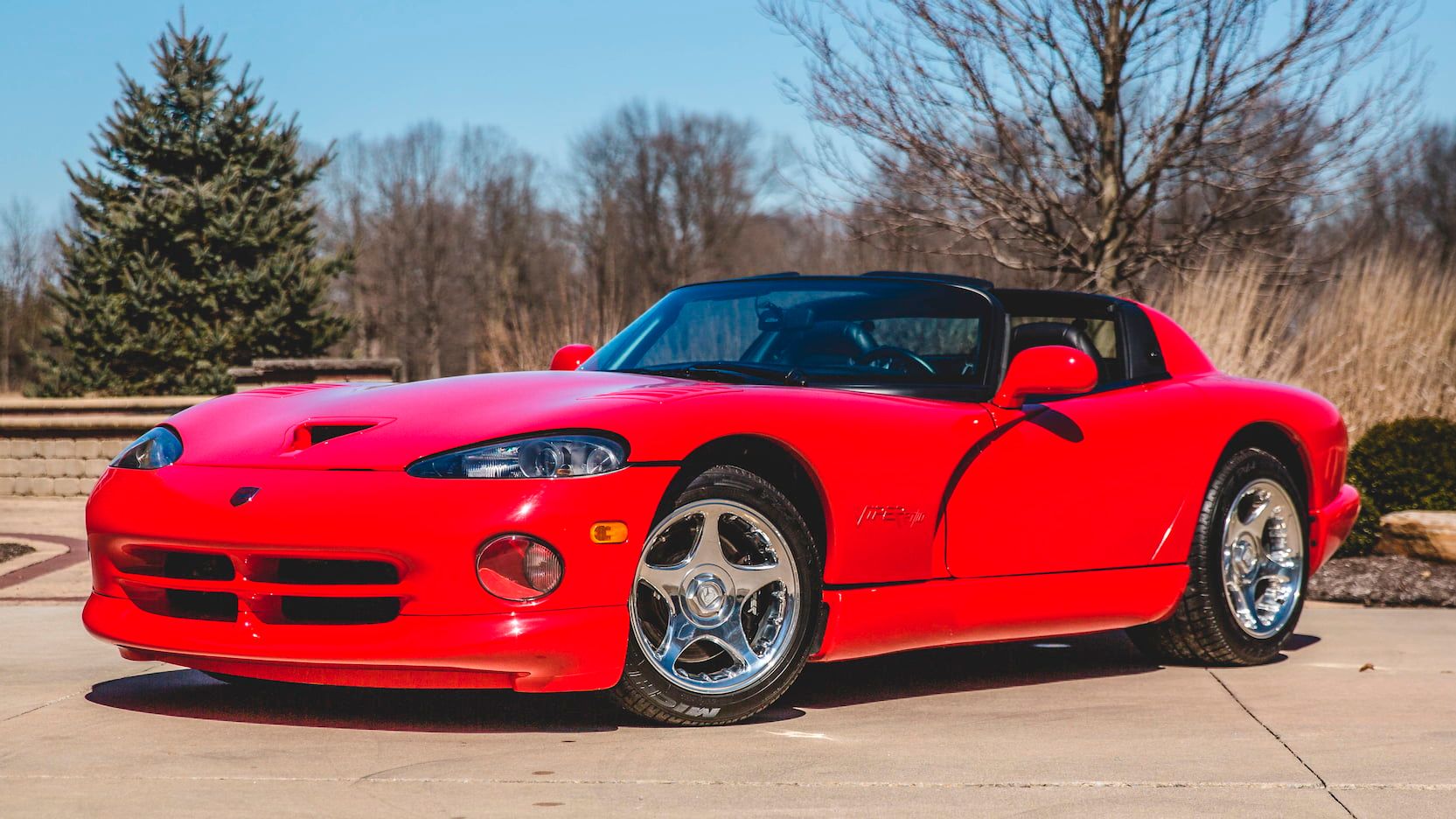
That’s right, an old Viper is more dangerous to drive than the newest, most powerful ACR version; let’s explain. When Dodge introduced the Viper into the automotive scene back in the ’90s, it caused a massive uproar. It only came with a 6-speed standard transmission, no airbags, no anti-lock brakes, or traction control were present, and it had a menacing 8.0-liter V10 strapped under its hood – and that’s where the magic happened.

This V10 motor produced 400 hp and 465 lb-ft of torque, and all of it was sent to the fat rear tires. It’s not often that you see a gasoline-powered sports car producing more torque than actual horsepower, and that’s the exact reason it was so challenging to drive. We’re used to putting our foot down and going forward, not standing still in an ever-growing cloud of tire smoke. What makes the first-generation Viper even scarier is that it’s surprisingly affordable nowadays.
2 1977 Porsche 911 Turbo a.k.a. “The Widowmaker”
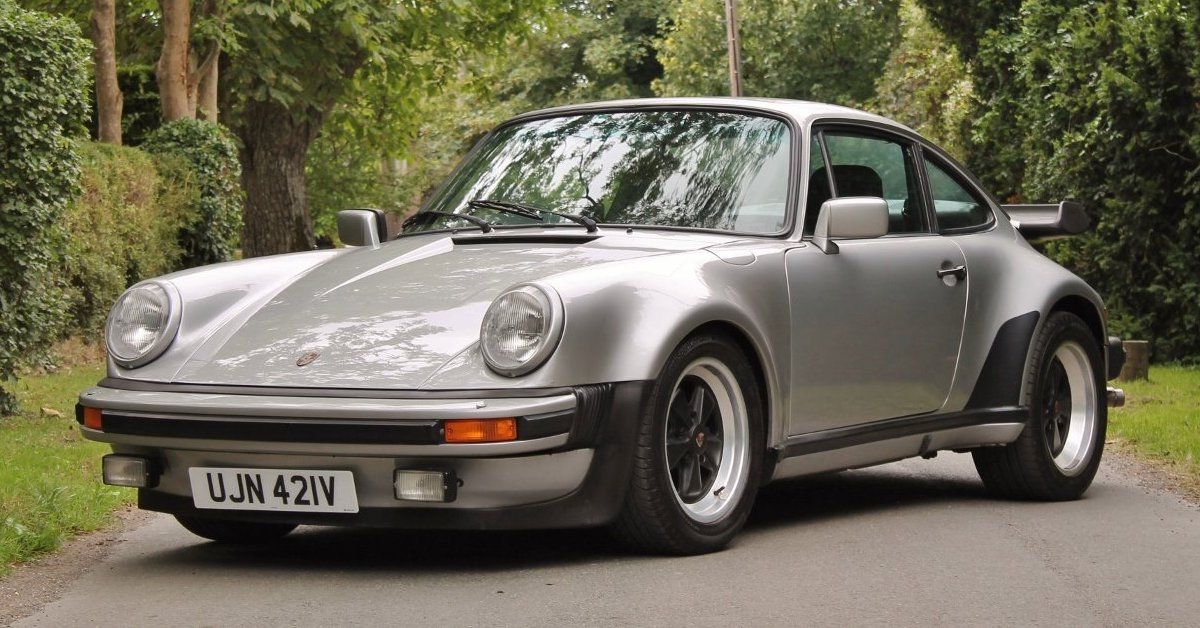
If a car is nicknamed The Widowmaker, you know it’s not meant for any old average Joe to get behind. The 930-generation 911 was the first Porsche to feature the Turbo badge, and as you’d expect from an old turbocharged car, what we call turbo lag is very prevalent. And like all other 911s, it had flat-six hiding underneath its rear wing, but this specific engine had a displacement of 3.0 liters and a power output near the 250 hp mark – keep in mind, this was the ’70s.
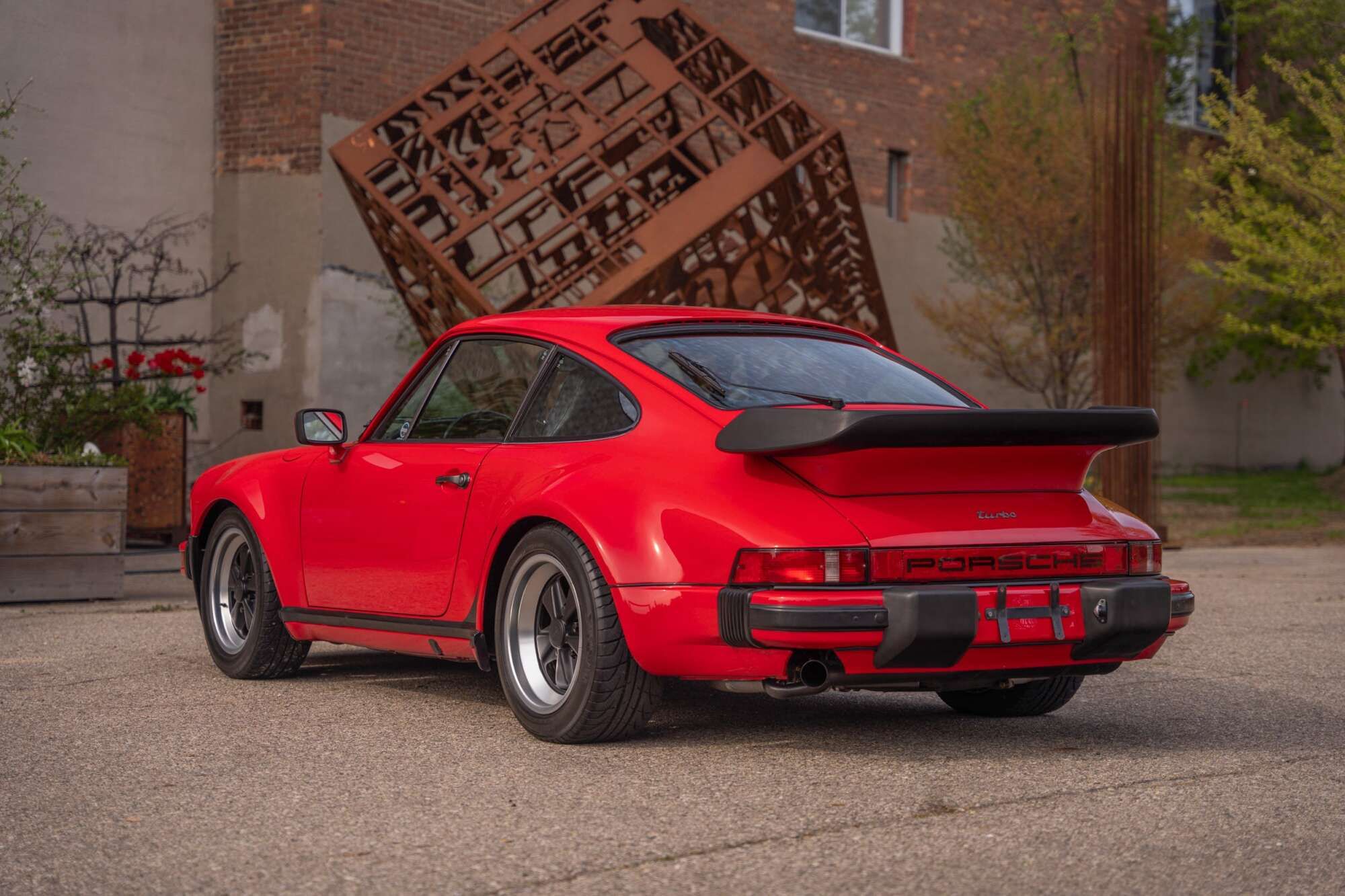
Yes, it doesn’t make an extraordinary amount of power, but the magic touch lies in how it’s delivered to the rear wheels – and we’re not talking about the 4-speed gear stick. That huge turbocharger’s turbo lag made such a huge impact on how the power was delivered; once you put your floor to the floor, at around 3,500 RPM boost would start to kick in, and you’d be smashed in the face with a surplus of power… and if this happened to you around a corner… well the name says it all.
1 2006 Porsche Carrera GT
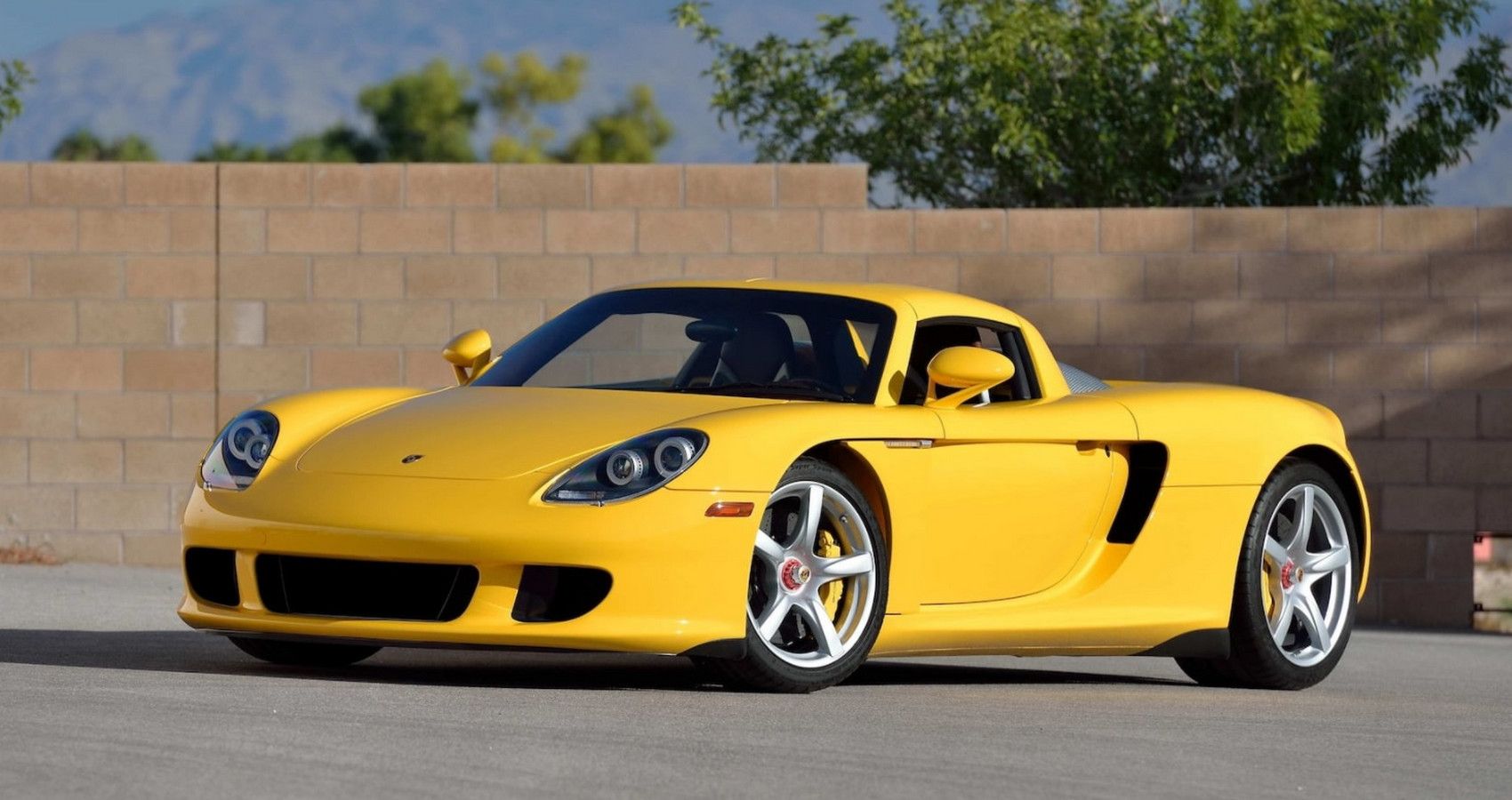
You know the Carrera GT had to be on this list. It’s been rumored that out of the 1,270 original Carrera GT models built, around 100 have been wrecked in a span of fewer than 20 years. And not all of those crashes were the result of reckless driving, some happened below freeway speeds. The engine which powered this Porsche supercar was superbly built, it was a naturally-aspirated 5.7-liter V10 that produced more than 600 hp and 435 lb-ft of torque.

What made the Carrera GT notoriously intimidating to drive was the fact that it had no traction control or stability control, and a 6-speed stickshift was mandatory. 0-60 happened in 3.5 seconds, and its top speed was well above 200 mph. And of course, this was the car that was involved in the legendary Paul Walker’s tragic passing in 2013.
Read Next
About The Author
